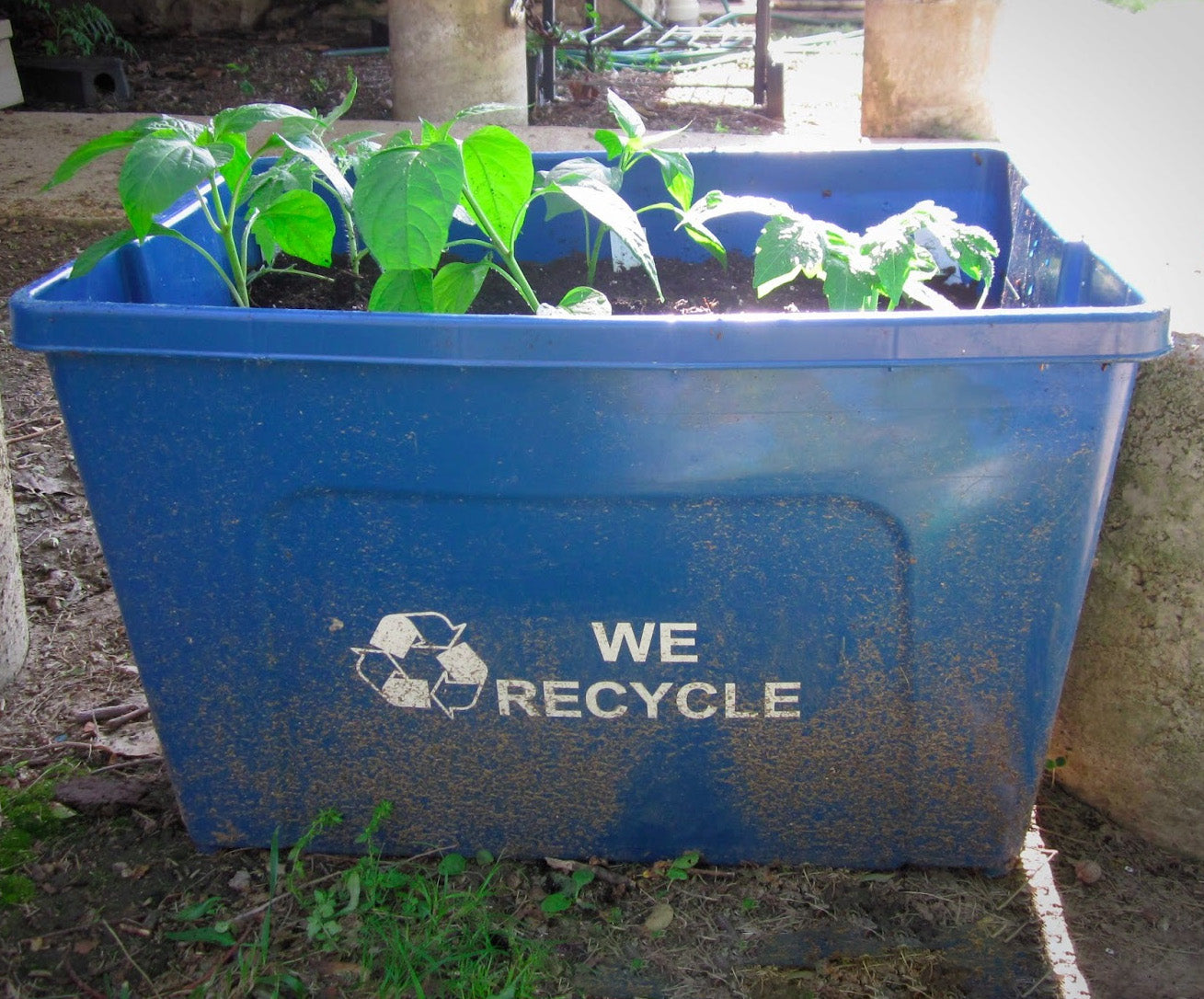In times of crisis, having a survival garden can be a lifesaver. A well-planned garden can provide fresh, nutrient-dense food when store shelves are empty. But what are the best vegetables to grow in a survival garden? In this blog post, we will explore some of the top vegetables to consider growing in a survival garden, along with tips on how to care for each plant. Browse our heirloom seeds today.
Tomatoes
Tomatoes are one of the most popular vegetables grown in home gardens, and for good reason. They are a great source of vitamins A and C, and they are incredibly versatile in the kitchen. They can be eaten fresh, cooked into sauces, canned, or even dehydrated for long-term storage.
When growing tomatoes, it's important to choose a variety that is well-suited to your climate. Tomatoes prefer warm temperatures and plenty of sunlight, but they can be susceptible to certain diseases and pests. To prevent these issues, make sure to plant your tomatoes in soil that has good drainage and provide them with adequate water and fertilizer.
Carrots
Carrots are another excellent choice for a survival garden. Not only are they packed with nutrients like beta-carotene and vitamin A, but they are also versatile in the kitchen. Carrots can be eaten raw, roasted, boiled, or used in soups and stews.
When planting carrots, it's important to choose a site with well-draining soil, as they do not tolerate wet conditions well. Carrots also require full sun and regular watering to grow properly. Thin out seedlings once they begin to sprout so that the remaining plants have enough room to grow.
Kale
Kale is a superfood that is packed with vitamins and minerals like vitamin K, vitamin C, and calcium. It's also a hardy plant that can tolerate cold weather and pests, making it an excellent choice for a survival garden. Kale should be planted in well-draining soil and requires full sun to grow properly. It's also important to keep the soil consistently moist, as kale can quickly become stressed if it dries out.

Beans
Beans are another excellent vegetable to grow in a survival garden. They are a great source of protein, fiber, and nutrients like iron and folate. They are also relatively easy to grow and come in a variety of colors and shapes, from green snap beans to black beans and kidney beans.
When growing beans, make sure to choose a variety that is well-suited to your climate and soil conditions. Beans prefer warm temperatures and plenty of sunlight, but they can also thrive in partially shaded areas. Make sure to plant your beans in well-draining soil and provide them with regular water and fertilizer.
Peppers
Peppers are a great vegetable to grow in a survival garden because they are high in vitamin C and other antioxidants. They also come in a variety of colors and flavors, from sweet bell peppers to spicy jalapenos.
When growing peppers, it's important to choose a variety that is well-suited to your climate. Peppers prefer warm temperatures and plenty of sunlight, but they can be susceptible to certain diseases and pests. To prevent these issues, make sure to plant your peppers in soil that has good drainage and provide them with adequate water and fertilizer.
Leafy Greens
Leafy greens like spinach, kale, and lettuce are excellent vegetables to grow in a survival garden. They are a great source of vitamins and minerals like calcium, iron, and folate, and they can be eaten fresh or cooked into a variety of dishes.
When growing leafy greens, make sure to choose a variety that is well-suited to your climate and soil conditions. Greens prefer cool temperatures and some shade, so they can be planted in partially shaded areas. Make sure to plant your greens in well-draining soil and provide them with regular water and fertilizer.
Root Vegetables
Root vegetables like carrots, beets, and potatoes are also excellent choices for a survival garden. They are rich in vitamins and minerals like vitamin C and potassium, and they are great for long-term storage.
When growing root vegetables, make sure to choose a variety that is well-suited to your climate and soil conditions. Root vegetables prefer well-draining soil and moderate temperatures. Make sure to provide them with regular water and fertilizer, and harvest them carefully to avoid damage.

A well-planned survival garden can be a valuable resource in times of crisis. By choosing the right vegetables to grow and providing them with proper care, you can ensure a steady supply of fresh, nutrient-dense food for you and your family. Consider adding some of these top vegetables to your survival garden and enjoy the many benefits they have to offer.
Next Steps
If the time and labor involved in survival gardening is holding you back from growing your own food source, consider adopting the no-dig method. You could quickly improve your own health and that of your garden simultaneously. Ready to take the next steps? Get everything you need to help your survival garden flourish, from survival seeds to bat houses and tools.











